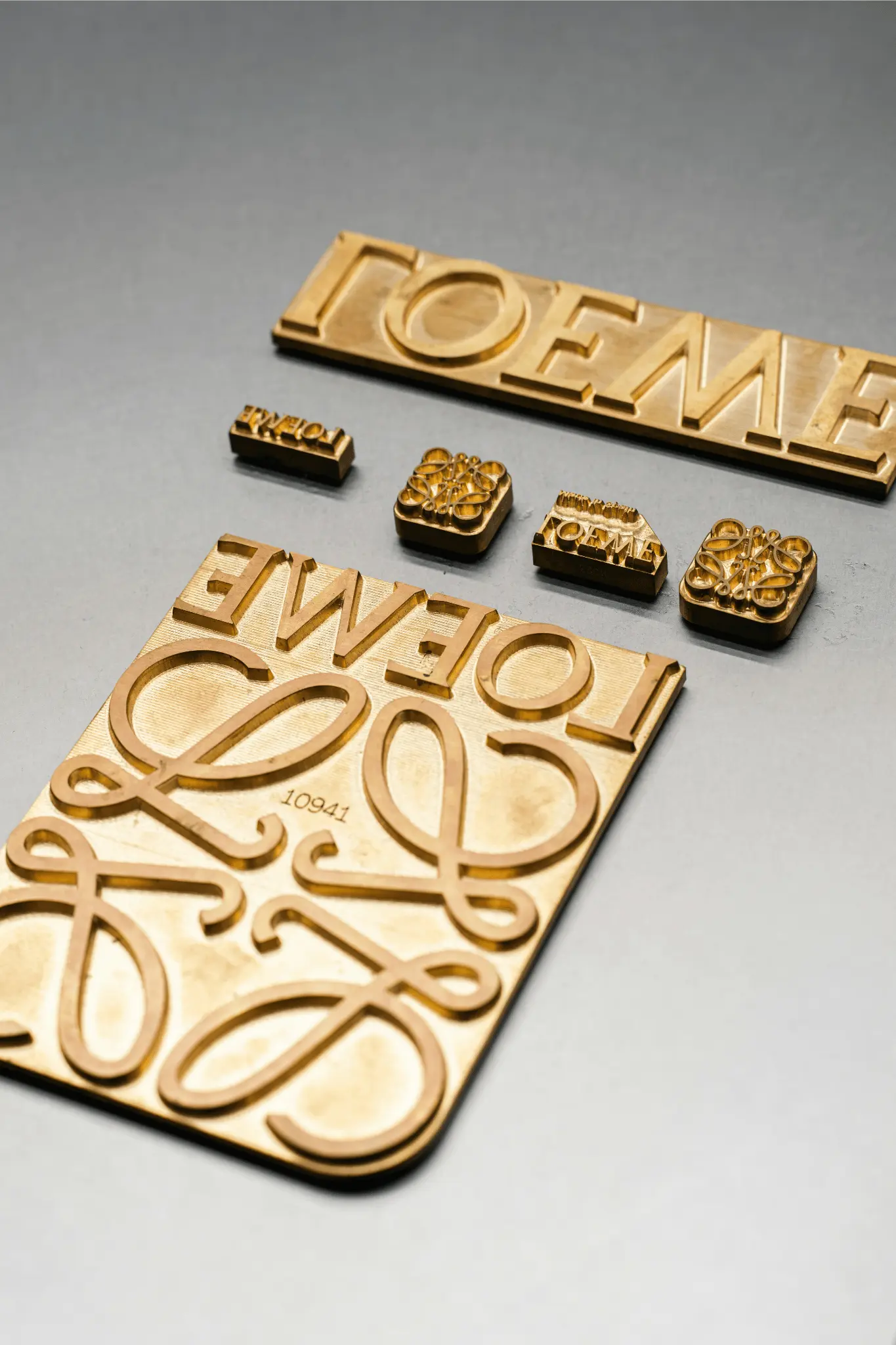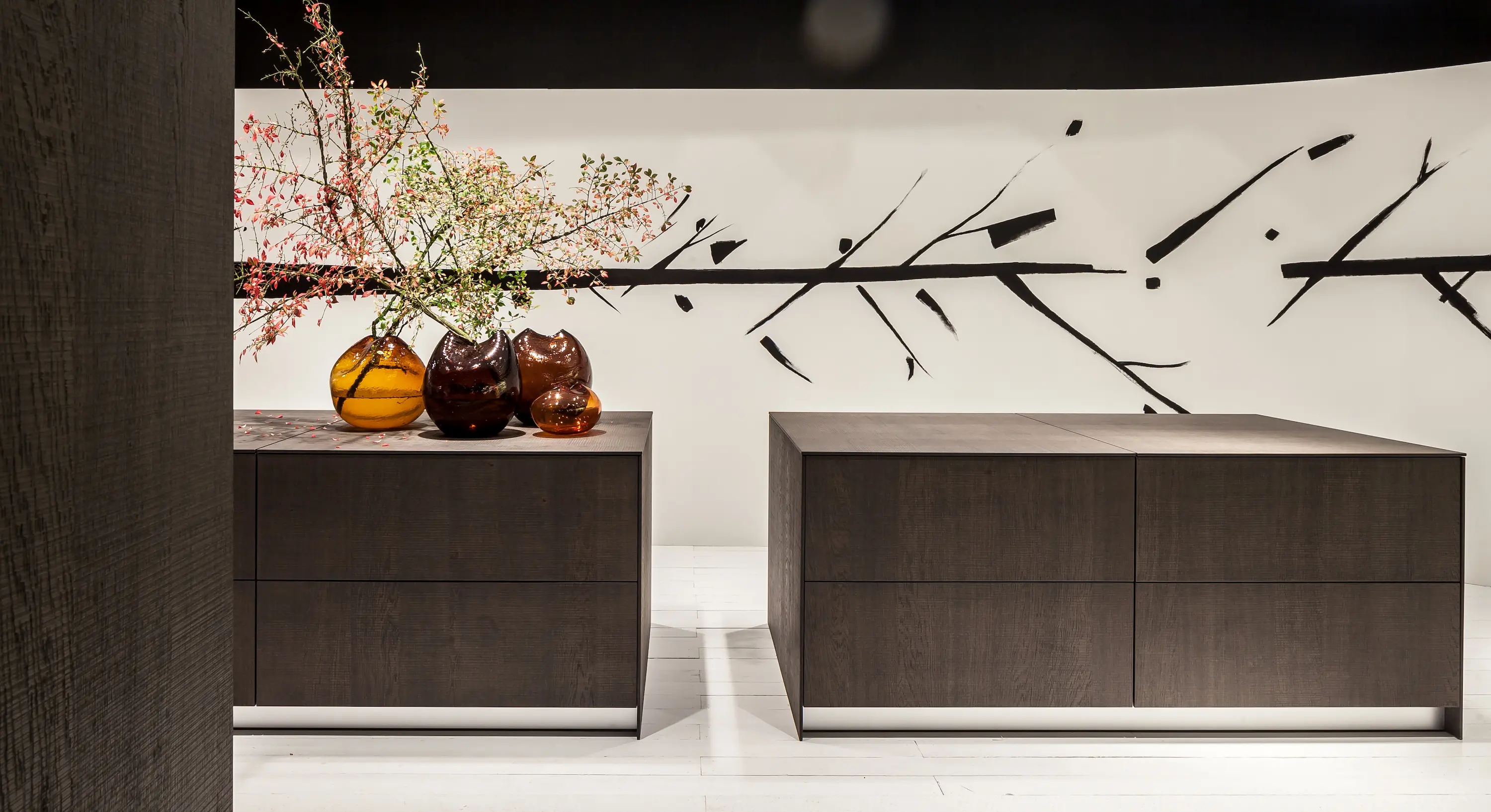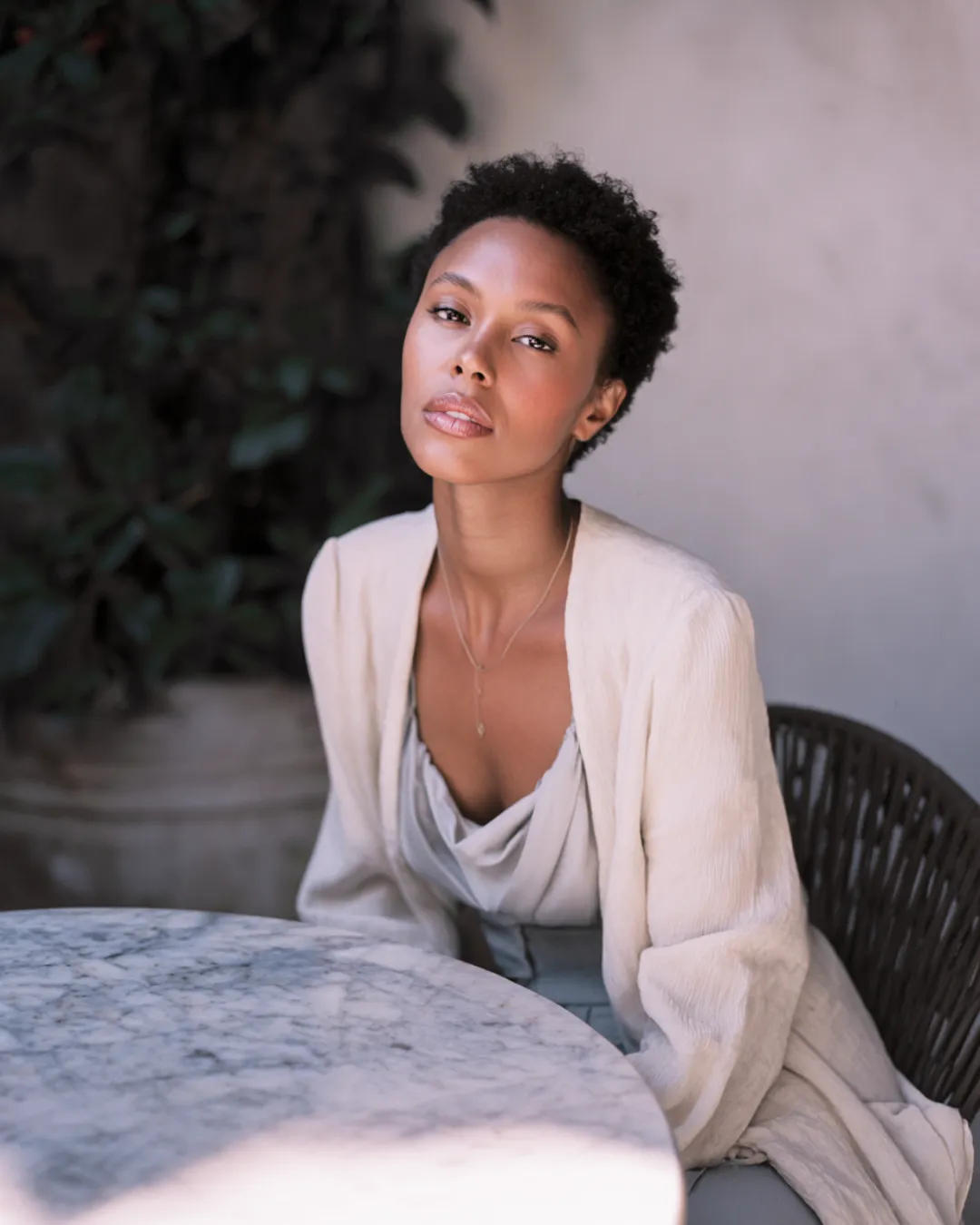A New Era in Fashion: The Departures of Donatella Versace and Jonathan Anderson Signal Industry Shift

Courtesy of Henge
Courtesy of Andreas Simopoulos
Courtesy of Dave Benett
Courtesy of Japan Mobility Show
Courtesy of ART Cologne
Courtesy of whenobjectswork / Kate Hume
Courtesy of Ivan Erofeev
Courtesy of Stéphane ABOUDARAM - WE ARE CONTENT(S)
Courtesy of Sacha Moreau / Global Gift Gala Monaco
Courtesy of Fadi Al Shami
Courtesy of Sofia Hartmann
Courtesy of Historyhd
Courtesy of Mick De Paola
Courtesy of the artist (c) VG Bild-Kunst, Bonn 2025. Photography by Jens Ziehe.
Courtesy of Yasamine June
Courtesy of Rawisara Prachaksubhanit
Courtesy of Mariia Dred for Berlin Fashion Week
Courtesy of Michael Fousert
Courtesy of Raden Prasetya
Courtesy of Antonia Tewes
Courtesy of Antonia Tewes
Courtesy of Carlo Bazzo
Courtesy of Artem Zakharov
Courtesy of James Cochrane / Copenhagen Fashion Week SS26
Courtesy of Fashion Week Studio
Courtesy of Burak Goraler / AFW
Courtesy of Antonia Tewes
Courtesy of SF / Luigi Caputo
Courtesy of Bruno Cordioli / CC BY 2.0 via Wikimedia Commons
Courtesy of Dubai Fashion Week / Ruzaini Official
Courtesy of Frieze Seoul 2025 / Wecap Studio
Courtesy of LecartPhotos
Courtesy of Jacopo Salvi / La Biennale di Venezia / ASAC Photo
Courtesy of Campione d’Italia’s Classic Circuit
Courtesy of Maxi Yacht Rolex Cup
Courtesy of Jochem Raat
Courtesy of Corey Watson
Courtesy of Pitti Immagine / Fragranze
Courtesy of Le Sable
Courtesy of Once Milano
Courtesy of Monaco Yacht Show
Photo by Darren Carroll/PGA of America
Courtesy of Guy Bell / British Art Fair
Photo by Sean Zanni / Patrick McMullan via Getty Images
Courtesy of Messe München GmbH / Thomas Plettenberg
Courtesy of ph G Martin-Raget/SNST
Courtesy of David Pupăză
Courtesy of Derek Rose
Courtesy of Jim Winslet
Courtesy of Millie Turner/BFI
Photo by Hugo Glendinning. Courtesy of Frieze
Courtesy of Rolex / Kurt Arrigo
Courtesy of Laura Dupuy
Courtesy of Palm Beach Show Group
Courtesy of Getty Images for Perelman Perfor
Courtesy of BFA 2025
Images credited Jason Alden courtesy of LAPADA
Courtesy of Informa Markets
Courtesy of The Qatar Boat Show
Courtesy of Getty Images for Baby2Baby
Courtesy of Jeanne Canto
Courtesy of Darian DiCianno
Courtesy of David Long/Cancer Research UK
A
T
I
O
T
M
I
L
L
L
C
S
S
T
T
A
T
H
F
T
E
F
O
A
T
F
I
T
T
T
T
I
I
T
I
O
P
S
A
S
U
O
A
E
G
B
I
A
I
L
I
T
M
O
G
U
I
L
S
N
I
D
U
T
A
F
I
W
F
O
A
A
M
L
I
n March 2025, two of the industry’s most influential figures—Donatella Versace and Jonathan Anderson—announced their resignation as creative directors of Versace and Loewe within mere days of each other. These decisions mark the end of an era defined by bold aesthetics and innovative designs. As the industry bids farewell to these icons, new priorities—sustainability, digital transformation, and shifting consumer desires—come to the forefront, ushering in a new phase.
Changes in Creative Leadership
Donatella Versace has shaped the family business for nearly three decades, transforming Versace into a byword for glamorous self-assurance. Her departure comes seven years after the company’s sale to Capri Holdings (formerly Michael Kors) in 2018, reflecting the rising consolidation in the luxury sector. Meanwhile, Jonathan Anderson’s eleven-year tenure at Loewe saw the brand earn critical acclaim through a blend of traditional craftsmanship and surreal creativity.
Experts note that the tenure of creative directors at major fashion houses is growing ever shorter. “Whereas designers once remained for 10 to 15 years, it’s often just 5 to 7 years now,” explains Luca Solca, an analyst at Bernstein. The pressure to deliver both commercial success and viral moments in a fiercely competitive market forces brands to be more flexible and adaptable.
A Shift in Aesthetic Priorities
Their departures open the door for new creative visions. Versace, known for its baroque opulence, may shift direction under new leadership—rumors hint at a stronger emphasis on minimalism and gender fluidity—to meet Gen Z’s desire for versatility and inclusion. At Loewe, Anderson’s playful designs set the tone, but speculation abounds that LVMH is seeking a designer who can strengthen the brand commercially without compromising its artistic DNA.
Current runway trends mirror this shift. According to a 2023 WGSN report, 62% of consumers now favor “functional luxury” over flashy statements. This preference is driven by the surge in hybrid work apparel and conscious consumption. Brands like Bottega Veneta already demonstrate how understated luxury can be paired with technical sophistication.

The Next Generation and Sustainability
Sustainability is increasingly paramount for both Versace and Loewe. Loewe took initial steps toward responsibility with its “Eye/Loewe/Nature” collection, yet critics demand more. “New designers must merge creativity with circular economy principles,” says Orsola de Castro of Fashion Revolution. A 2023 McKinsey survey shows that 67% of luxury consumers view sustainability as crucial to their purchasing decisions—a significant rise from 45% in 2019. Younger labels such as Marine Serre prove that ethical fashion can be profitable, putting established houses under pressure.
Strategic Reinvention
For groups like Capri Holdings and LVMH, the leadership changes at Versace and Loewe are not merely creative but also commercial turning points. LVMH reported a 13% revenue increase in 2023 and has demonstrated with appointments like Pharrell Williams at Louis Vuitton how to revitalize brands. Capri Holdings plans to leverage Versace’s glamour in growth markets such as Asia. Yet the balance between tradition and innovation remains delicate—missteps can alienate loyal customers, as seen with Balenciaga.
The Future of Luxury Fashion
The industry stands at a crossroads. AI-powered design tools, fashion in the metaverse, and stricter sustainability regulations demand flexibility. For Versace and Loewe, it means preserving their heritage while forging new paths. The coming months will reveal whether the next generation of creative leaders can navigate this balancing act successfully.












